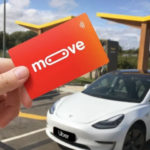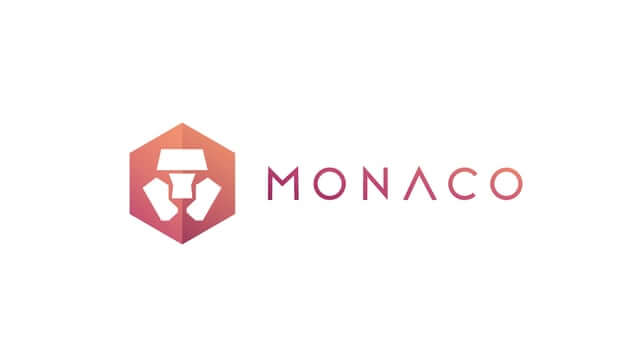Disclaimer:
- This is not financial advice.
- Investitin.com staff are not financial advisors; this is not financial advice.
- This is not a buy, sell or hold recommendation of any assets mentioned in this interview.
- Do your own research before you invest in anything.
- This press release/article/interview has been published for free.
- Your capital as at extreme risk and you can lose it all when investing in ICOs and cryptos.
- Please discuss this with your local financial advisor before you invest.
- Full Disclaimer
What are masternodes?
The key role of masternodes is to process transactions of certain cryptocurrencies. The first masternode cryptocurrency was been launched by Dash, the founder of which is Evan Duffield. Dash source code is open source and so there has been many cryptocurrencies which have cloned Dash create their own version of a masternode based cryptocurrency.
To create a masternode, a deposit of a predetermined amount of coins needs to be deposited in the wallet, a server is then set up (according to the specifics of the coin) and then linked to the deposit. As long as this balance remains untouched the server can claim a share of the block reward.
Masternodes tend to cost anywhere from several thousand to several hundred thousand depending on the price per coin multiplied by the number of coins needed to create a node.
This requirement for a deposit to host a masternode creates demand. Even if there is no other real use for the coin, just the fact that the coin has masternodes may create some demand for it. This is how scammers are exploiting the masternode system… Not all masternode coins are created equal make sure to evaluate any masternode coin before you invest.
Masternode Scams:
Unfortunately today there are many masternode coins which are very similar to Ponzi schemes. Some get in early (usually the Developers) will pre-mine or claim a nice chunk of the total coin supply, the “investors” that come later will have to pay much more for enough coins to create a masternode.
Masternode utility:
Masternodes keep a copy of the blockchain on the server and this facilitates governance of the treasury system, instant transactions and anonymous transactions. The Treasury is a pool of funds which is funded through a percentage of the block reward. The masternode exercise governance by voting which projects will be funded. Have a look at the Dash Budget voting. Dash Vote Tracker
What is the ROI of a masternodes?
The return on investment (ROI) of masternode depends on the following factors
- The average price at which the masternode coins where bought.
- The returns of the masternode (Block reward and Payout schedule)
- The stability of the masternode server (does it go offline frequently)
- Hosting costs
- Number of live masternodes
- Masternode specific to the coins (Staggered Masternodes)
The wallet that is associated with a masternode will earn the masternode rewards. These rewards can be spent, and as long as the masternode deposit is not spent the masternode will keep generating these returns.
Different masternodes have different payout scheduled, some have daily payouts others have bi-weekly.
The most expensive masternodes:
Stellar: A Ripple like cryptocurrency focused on cross-border payments and banking 2.0.
NEM: New economic model, a cryptocurrency which is very popular in Asia.
Dash: A cryptocurrency which probably has the second largest adoption after Bitcoin.
Promising Masternodes:
MUE: Monetary unit, building a healthy ecosystem of services around their cryptocurrency
Pivx: An anonymous cryptocurrency which seems to be developing faster than other projects
Crown: A decentralised application hosting providers
Zcoin: An anonymous cryptocurrency backed by Roger Ver [TO CHECK]
Interesting Masternodes for 2018 which are not yet live:
VeChain: Rfid Blockchain, with a number of impressions of partners
Walton: Rfid Blockchain and subchains
Syscoin: Decentralised shopping
Trigger: A project developing a black box system for guns.
See more masternode coins here: https://investitin.com/masternode-list/
Masternode Investment Risks:
A masternode investments in a stable (by crypto standards) coin can tie a high percentage of a crypto portfolio in one coin. For example, a Crown node costs around $30,000. This is a substantial sum by any standards and that value is tied to the success of the Crown ecosystem. Investors need to weigh the pros of recurring income with the risks of investing a double-digit portion of their portfolio in one coin.
Conclusion:
Investing in masternodes is a double-edged sword, on the one hand, the investor will get slow passive income on the other hand one has to tie up a significant sum in one project, which limits the amount of diversification. With masternodes, there is no option but to hodl, as the initial deposit cannot be spent. Investors need to weigh this risk-reward ratio according to there risk profile and determine for example if ICO investing, crypto day trading or crypto mining contracts are more in line with their needs.












